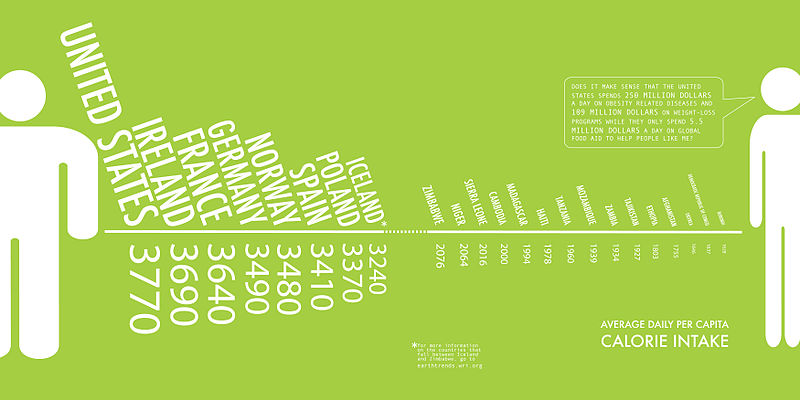Portion Control
As a rule, we eat too much. For those in affluent nations, food is more convenient not than in any generation of the past. We have easy access to food and more opportunities to indulge. This overindulgence is true for all age. Families are perhaps even more challenged by this issue. A growing teenage requires more calories that an adult, but watching a teenager pile their plate with a mound of spaghetti may make your large portion seem small by comparison. And how often does the partner of a pregnant woman gain weight during the pregnancy? The caloric needs of each family member are determined by their age but are also influenced by their activity level, basal metabolic rate and overall health. Given this complex mix of needs, how can a family consistently eat individually appropriate portions?
One of the first steps to achieve healthy portions is to determine just how many calories each person needs to maintain their optimal health. While there are many equations, such as the Harris-Benedict equation, that can be used to calculate caloric requirements, it is often easier to use a smart phone or computer application or website. These tools calculate caloric needs from straightforward input (age, sex, weight, BMI and activity level) and advance the generalization that most adults require between 1200-1300 calories per day. Once basic caloric needs have been determined, the next step is to match food intake to meet those needs.
People need help figuring out what and how much to eat. Again, web-based programs and phone applications are a helpful way to determine the caloric content of foods and to keep track of calories throughout the day. However, knowing how much one should eat and how much one is eating still falls short of day-to-day strategies to reduce intake.
Portion control can be one of the hardest dietary changes for a person to make. We get used to eating too much both physiologically and psychologically. It takes time to make this downward adjustment and implement them in a family.
Some strategies to help with portion control are:
- Use small plates and bowls for meals.
- Have meals at regular times and without too much delay in order to avoid ravenous eating.
- Eat slowly, chewing each bite to the consistency of oatmeal. Sip water between bites.
- Include vegetables with lunch and dinner - vegetables are filling, take up more room on the plate, take longer to eat and are nutritious.
- Since everyone has different caloric needs, meal portions should not necessarily be equal among all members of the family.
Once you have mastered controlling your food portions, you will be amazed at the the improved health of your family. An emerging body of evidence suggests that consuming fewer calories and being height/weight proportional is associated with lower incidence of major chronic disease, longer life and improved quality of health.
